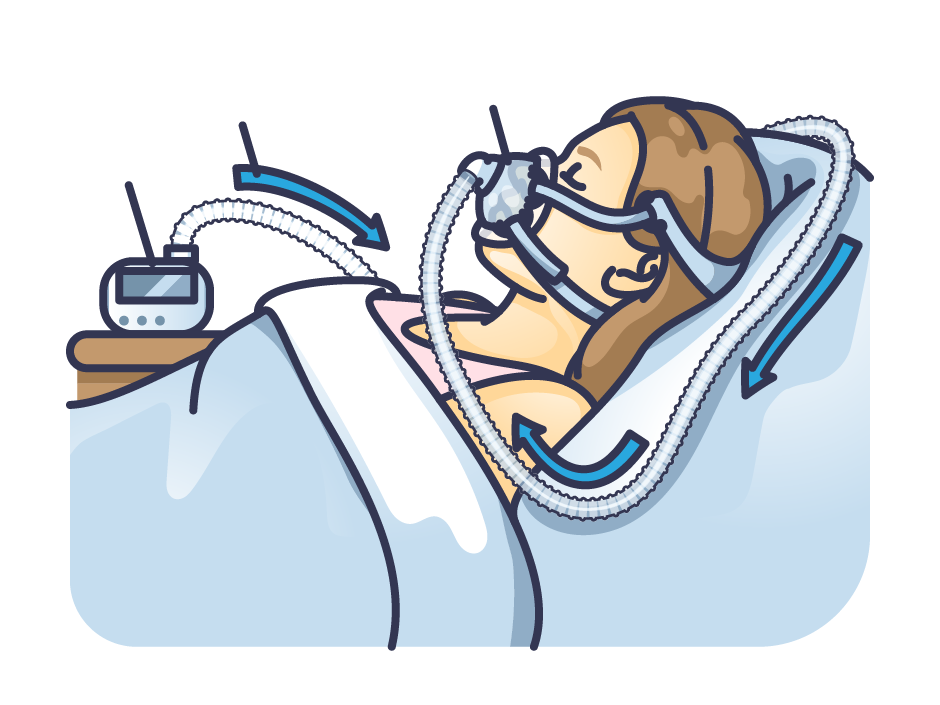Your body clock determines when exercise best lowers blood pressure
- Shaun McGillis
- Oct 10
- 3 min read
New research from OccHealthSci finds that your body’s internal clock controls how much exercise lowers your blood pressure, with 1:00 p.m. workouts providing the biggest benefit.

Physical activity in the form of exercise is one of the oldest prescriptions in the book for addressing hypertension. Now, new research reveals that the timing of your workout could be just as important as the exercise itself when it comes to cardiovascular benefits.
Researchers at the Oregon Institute of Occupational Health Sciences have found that our internal circadian rhythms significantly influence how much and when exercise reduces blood pressure after a workout—a phenomenon known as post-exercise hypotension. The findings could inform how medical professionals prescribe exercise as a tool to improve hypertension in patients who do not response to pharmacological treatments.
The study, published in the journal Sleep, found that exercising around 1:00 p.m. produces the greatest blood pressure reductions, while working out in the wee hours of the morning (around 1:00 a.m.) shows minimal effects. The difference is substantial: participants experienced an average 10 mmHg drop in systolic blood pressure at the optimal circadian phase (around 1:00 p.m.), compared to no change at the least responsive phase (around 1:00 a.m.).
“The findings tell us that our biological clock influences how and when exercise can reduce blood pressure,” said Research Assistant Professor Leandro Campos de Brito, Ph.D., the paper’s lead author. “Such individualization may enhance exercise-based strategies for blood pressure control, particularly in patients who are less responsive to pharmacological treatments.”
Separating Body Clock from Daily Routines
To isolate the effects of our internal biological clock from daily behaviors like eating and sleeping, researchers used an intensive 30-hour laboratory protocol called "forced desynchrony." Study participants lived in dim lighting conditions while following artificial six-hour cycles consisting of four hours awake and two hours of sleep opportunity. This approach allowed the research team to separate the influence of the body's internal circadian system from external factors like meal timing, light exposure, and normal sleep patterns.
During each wake period, participants performed moderate exercise. Researchers then measured blood pressure and various cardiovascular parameters before and 30 minutes after exercise, when post-exercise blood pressure reductions are typically the lowest.
The Mechanism Behind the Timing
According to Brito, the circadian system doesn't just influence when blood pressure drops most after exercise—it also determines why. The research team showed that early afternoon exercise triggered greater vasodilation (widening of blood vessels) in the legs. This increased blood flow and reduced vascular resistance appeared to drive the enhanced blood pressure benefits.
Interestingly, blood flow changes in the arms, which weren't actively exercising, didn't follow the same pattern. This suggests that local mechanisms in the working muscles, rather than system-wide changes, are responsible for the circadian variation in post-exercise blood pressure reduction.
The timing aligns with previous research showing that circulating stress hormones follow daily rhythms, with lower levels around midday corresponding to the period of greatest post-exercise vasodilation observed in this study.
Clinical Implications
The magnitude of blood pressure reduction found in this study—up to 10 mmHg for systolic pressure—exceeds typical results from exercise studies and approaches the effects seen with some blood pressure medications. Post-exercise hypotension is also predictive of long-term cardiovascular benefits from exercise training, making these findings particularly relevant for clinical practice.
The research suggests that scheduling exercise during optimal circadian phases could enhance treatment strategies for hypertension, especially for patients who are less responsive to traditional therapies. The morning hours, when adverse cardiovascular events like heart attacks and strokes peak, showed the greatest exercise-induced blood pressure reductions, potentially offering a protective effect during this vulnerable time window.
As Brito noted: “Our findings could be the foundation for future clinical trials to explore the circadian-timed exercise interventions focused on blood pressure control.”
Limitations and Future Directions
While promising, the study was limited to healthy young adults. The artificial laboratory conditions, though necessary for isolating circadian effects, may not fully translate to real-world settings where multiple factors influence cardiovascular responses simultaneously.
The researchers acknowledge that their protocol couldn't capture precise timing with only measurements every 6 hours, potentially missing exact peak and trough times. Future studies should test whether these findings apply to older adults, people with hypertension, and different exercise types.
The work opens new possibilities for personalized exercise prescriptions based on individual circadian rhythms, potentially maximizing the cardiovascular benefits of physical activity through strategic timing rather than just focusing on intensity and duration.
This work was supported by the Medical Research Foundation of Oregon and American Heart Association Career Development Award 24CDA1267757 (to L.C.B.); National Institutes of Health R01-HL163232 (to S.S.T.); NIH Grant R35-HL155681 (to S.A.S.); the Oregon Institute of Occupational Health Sciences at Oregon Health and Science University via funds from the Division of Consumer and Business Services of the State of Oregon (ORS-656.630); and UL1-TR002369 (to OHSU). The authors include Leandro C. Brito, Megan Jones, Nicole Chaudhary, George D. Giraud, Steven A. Shea, and Saurabh S. Thosar.




Comments